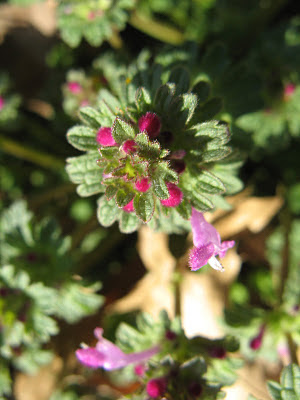Fall is an important time to fertilizer our cool-season turfgrasses. Fall nitrogen promotes good root development, enhances storage of energy reserves, and extends color retention in cool-season lawns. Most of the benefits from late fall nitrogen will be seen next spring and summer with earlier green-up, improved turf density, and improved tolerance to spring diseases such as red thread and pink patch, and reduced weeds.
Historically, we recommended applying more nitrogen in late-fall than we currently recommend. While we used to recommend applying 1.0-1.5 lbs N/1000 square feet with a quick-release nitrogen fertilizer in early to mid-November, we now recommend lighter rates of 0.5-0.75 lbs N/1000 square feet with a quick-release nitrogen fertilizer in early to mid-November. In southern Indiana, a late November or early December application timing would be similar to a mid-November application timing in north central Indiana as there is about a 3 week gap in seasons between the northern and southern ends of the state.
This fall has been cooler than average, especially in November. We are not used to having snow on the ground in mid-November. This caught many by surprise and they were unable to get their last round of nitrogen fertilization out onto the turf. Now, they are wondering if it is too late or not to apply some nitrogen fertilizer if we have a few mild days in late November and early December here in Indiana.
Q: Is it too late to apply nitrogen to cool-season turf (November 26, 2014)?
A: In my opinion, the answer is yes. It is too late to apply nitrogen in 2014 and here is why.
Nitrogen uptake decreases as temperatures cool in autumn. Since growth and transpiration is slow when temperatures are cool in late-fall, nitrogen is taken-up at lower rates. As such, if you apply nitrogen now when it is cool and temperatures are just a few (<10 °F) degrees above freezing, not all of it will be taken-up by the plant and the remaining nitrogen will stay in the soil or could be prone to loss from leaching.
Fertilizer should not be applied when snow is on the ground or when the ground is frozen as this will make the nitrogen more subject to runoff.
Q: What should I do now since I didn’t get my last application out?
A: Do nothing now. We just missed our opportunity to fertilize in late-fall because of the weather. It happens! While the forecast may have a few days at 50°F or higher predicted in the near future, turf growth, transpiration, and nutrient uptake will be minimal for the remainder of the calendar year as most days will have highs just above freezing.
If you were able to apply some nitrogen in August, September, or October, you should have few worries as you applied nitrogen during the most important part of the year which is at the end of the summer or start of the fall. If the turf seems lean next spring because you missed your late-fall nitrogen application, consider applying a little extra (0.25-0.5 lbs N/1000 square feet) nitrogen fertilization in late April or early May after the spring growth flush to help thicken the turf. Use a slow-release nitrogen source for this spring application.
The ongoing research we have on this topic of late-season nitrogen applications is active and much is being explored on this topic.
Below are a couple examples of research published on this topic in the past few years. Several more experiments are ongoing and we will continue to keep you informed as new research develops.
1. Bigelow, C. and others. 2013. Cool-Season Lawn Turf Response to Fall Applied Nitrogen Programs in the North Central States. Available at:
https://scisoc.confex.com/crops/2013am/webprogram/Paper80460.html 2. Lloyd, D.T., D.J. Soldat, and J.C. Stier. 2011. Low-temperature Nitrogen Uptake and Use of Three Cool-season Turfgrasses under Controlled Environments. HortScience 46(11):1545-1549.
Restricted access to full report. Available at:
http://hortsci.ashspublications.org/content/46/11/1545.short More fertilizer program information is available in AY-22: Fertilizing Home lawns at
http://www.extension.purdue.edu/extmedia/AY/AY-22-W.pdf Aaron Patton, Turfgrass Extension Specialist






































